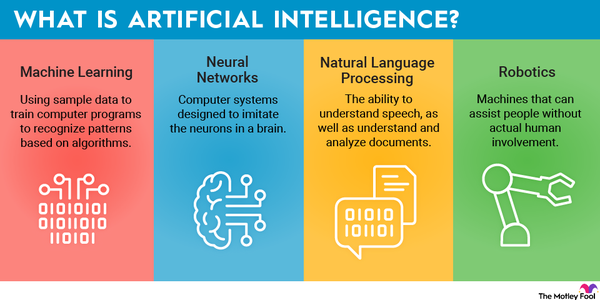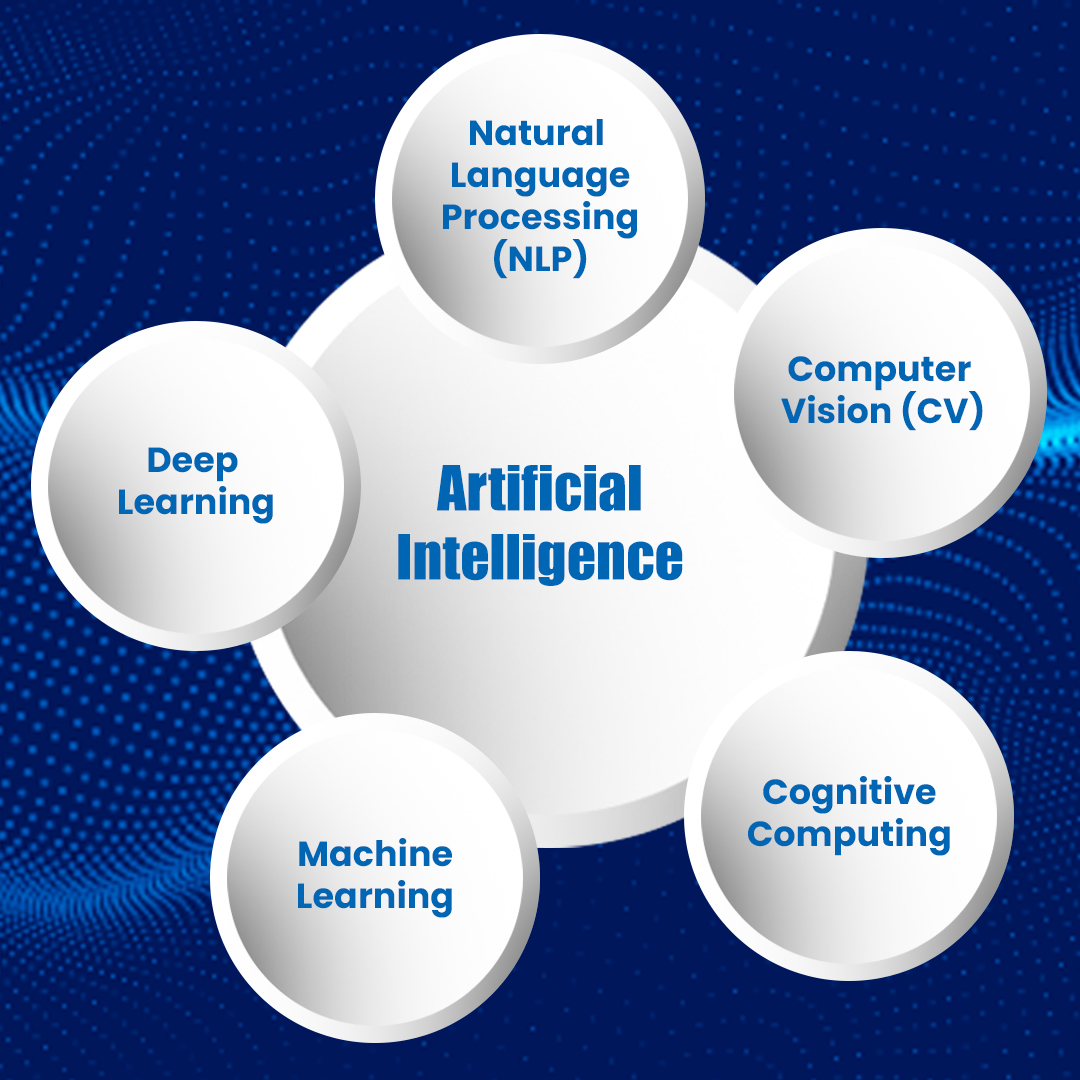
Bertha Von Suttner Realschule Essen
Add a review FollowOverview
-
Founded Date November 26, 1978
-
Sectors Security Guard
-
Posted Jobs 0
-
Viewed 56
Company Description
The Ai Firm Trump Claims is actually a ‘Wake-up Call’ For Silicon Valley

DeepSeek says its newest AI design is as great as those of its American competitors, was cheaper to build and it’s readily available for complimentary. What does that mean for US AI supremacy?

A Chinese business called DeepSeek, which just recently open-sourced a large language model it declares carries out along with OpenAI’s most capable AI systems, is now the white hot focal point for the AI neighborhood. Its tech is being admired as one of the finest open-source oppositions to leading American AI models, stoking stress and anxieties about China’s formidability in the magnifying worldwide AI race and spurring U.S. start-ups to re-examine their own work after a foreign rival apparently did so a lot more with so fewer resources.

In late December, the little Chinese lab, based in Hangzhou, released V3, a language design with 671 billion specifications, which was supposedly trained in two months for simply $5.58 million. That’s a cost orders of magnitude less than OpenAI’s GPT-4, a larger design at an estimated 1.8 trillion parameters, however developed with a $100 million price tag. Last week, DeepSeek tossed down another onslaught, releasing a design called R-1, which it declares rivals OpenAI’s o1 model on what’s called “reasoning tasks,” like coding and fixing complex math and science issues. OpenAI charges users $200 monthly for such designs; DeepSeek offers its own totally free.
The power of DeepSeek’s design and its rates are already shifting the method American AI startups run their companies. It’s a cheap, compelling option to offerings from incumbents like OpenAI, Jesse Zhang, CEO of Decagon, which develops AI representatives for client service, informed Forbes. DeepSeek’s brand-new model will likely force American AI giants like OpenAI and Anthropic to reassess their own prices.
Eiso Kant, CTO and co-founder of Poolside AI, a unicorn that builds AI for software application engineering, told Forbes that DeepSeek’s strength remains in its engineering capability to do more with less.
“What DeepSeek is showing the world is that when you put a strong focus on making your training compute-efficient, you can do a lot,” he said. “There’s amazing things that you can continue to squeeze out of these Nvidia chips to make them extremely more efficient.”

“It’s kind of wild that somebody can go in and spend numerous millions of dollars for a closed source model. And after that suddenly you get an open-source one that’s simply out there free of charge.”
With OpenAI’s o1 model allegedly bested on certain criteria, some start-ups have currently begun acquiring information to train more innovative systems, Manu Sharma, CEO of data identifying business Labelbox informed Forbes. “I think the AGI race is type of reset in lots of ways,” he stated. “We are going to simply see far more competitiveness across the board.”
Alexandr Wang, the billionaire CEO of training data leviathan Scale AI, recently called the model “earth shattering.” And Aravind Srinivas, CEO of $9 billion-valued AI search start-up Perplexity has actually stated that he prepares to incorporate the design into the primary search item. AI chip business Groq has currently included DeepSeek’s R1 model to its language processing systems. (In June, Forbes sent Perplexity a stop and desist after accusing the start-up of using its reporting without consent.)
Others are less pleased. Writer CEO May Habib told Forbes she’s not surprised that DeepSeek’s designs, trained on a considerably smaller plan, are able to match the most smart designs in the US. In October, Writer launched a design that was trained with simply $700,000, when it cost $4.6 million for OpenAI to build a design with comparable abilities. The company used artificial data to reduce its training costs.
“Even before DeepSeek’s design exploded on the scene, we have been saying that these designs are commoditizing. They’re getting increasingly more dispersed,” Habib stated.
Over the weekend, as buzz about the company grew, DeepSeek went beyond ChatGPT on Apple’s app store, ranking No. 1 for complimentary app downloads in the United States. Then, on Monday, several U.S. tech stocks nosedived as panic around DeepSeek’s successful model launch spread. By day’s end, AI chip leviathan Nvidia’s market cap had been shaved down almost $600 billion.
It was a staggering upending of the AI world order. “It’s type of wild that someone can go in and spend numerous millions of dollars for a closed source design,” Greg Kamradt, president of ARC Prize, a nonprofit that criteria AI designs, told Forbes. “And after that all of a sudden you get an open-source one that’s simply out there for totally free.”
For weeks DeepSeek’s models have been admired by a few of the most prominent names in the AI world including Meta’s chief AI researcher Yann LeCun, OpenAI cofounder Andrej Karpathy and Nvidia’s senior research researcher Jim Fan. But news of the company’s latest accomplishment has actually sent out America’s AI heavyweights rushing to figure out just how the Chinese company is getting such excellent outcomes while investing a lot less money.
“Deepseek R1 is AI’s Sputnik moment,” investor-billionaire Marc Andreessen wrote on X.
“The release of DeepSeek, AI from a Chinese company, ought to be a wakeup call for our industries that we need to be laser-focused on contending to win.”
Despite the pomp and bombast of the Trump administration’s current AI announcements, DeepSeek has actually heightened worries that the U.S. might be losing its AI edge – especially due to the fact that it’s been so successful in spite of the tight US export controls that avoid it from utilizing Nvidia’s state of the art AI chips. The business’s latest achievement is a sobering counterpoint to Project Stargate, a joint venture between OpenAI, Oracle and Japanese tech conglomerate Softbank, to invest $500 billion in AI infrastructure.
Ahead of a conference with House Republicans in Florida on Monday, Trump acknowledged the threat. “The release of DeepSeek, AI from a Chinese business, should be a wakeup require our industries that we require to be laser-focused on contending to win,” he said.
There are caveats to DeepSeek’s most current achievement. Researchers have actually discovered its AI designs tend to self-censor on topics that are sensitive to the Chinese Communist Party (CCP). Security researcher Jane Manchun Wong told Forbes DeepSeek’s models do not react to questions about Chinese President Xi Jinping and the 1989 Tiananmen Square protests. Beyond this, there are personal privacy issues. Data got in into DeepSeek’s models is saved in servers located in China, according to its policies.

Divyansh Kaushik, a vice president at national security advisory company Beacon Global Strategies warned Forbes against people utilizing DeepSeek without thorough vetting. “Unless we can have clear nationwide security and totally free speech evaluations of Chinese designs, they ought to be dealt with like propaganda arms of the CCP,” he said. “They ought to be dealt with as Huawei on steroids.”
The problem is DeepSeek’s worth proposal: a cutting-edge AI reasoning design that’s free to utilize and open in the closed, fee-based AI world being constructed by business like OpenAI and Anthropic. “It’s far better to have a Chinese model that is open source versus an American design that is closed source,” said Labelbox’s Sharma.
